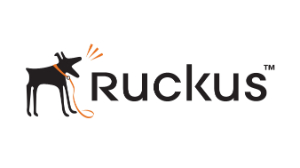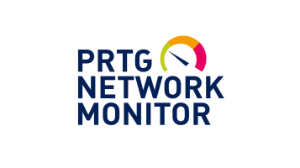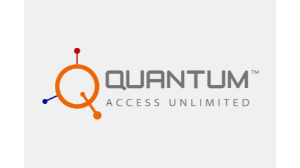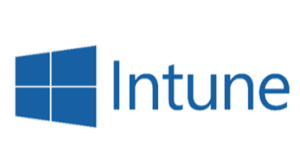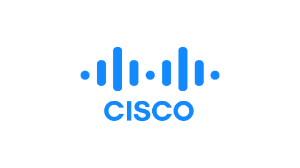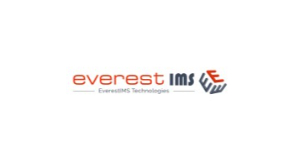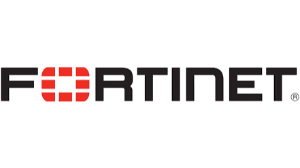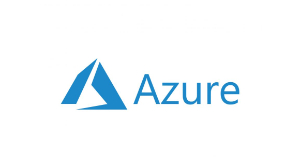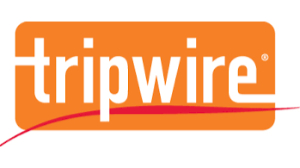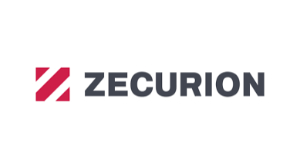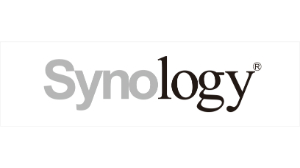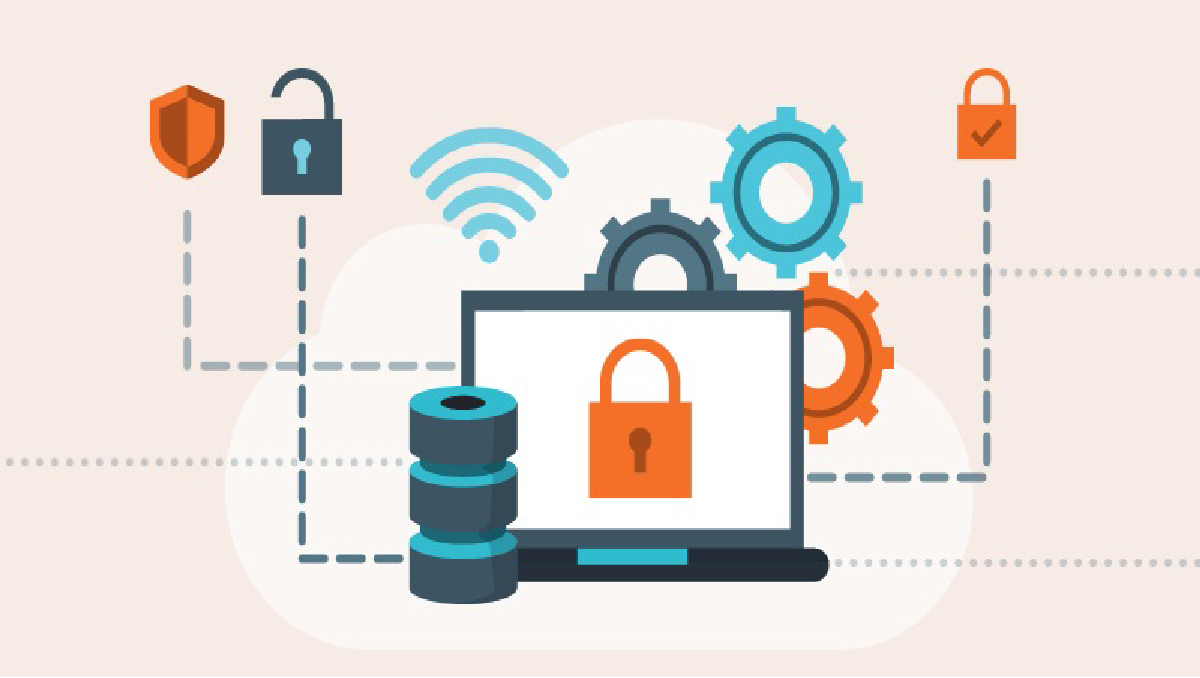
Quick Enquiry
Secure application access refers to the practice of ensuring that authorized users can access applications and services while maintaining a high level of security to protect sensitive data and prevent unauthorized access. This is especially important in today’s digital landscape, where applications are often accessed remotely, from various devices, and across different locations. Here are some strategies and best practices for achieving secure application access:
- Authentication: Implement strong authentication methods, such as multi-factor authentication (MFA), to ensure that users provide multiple forms of verification before accessing applications. This prevents unauthorized access even if passwords are compromised.Visit our partners,shoes – leaders in fashionable footwear!
- Single Sign-On (SSO): SSO solutions enable users to access multiple applications with a single set of credentials. This reduces the number of passwords users need to remember and helps improve security by centralizing authentication.
- Contextual Access Control: Implement access controls that take into account contextual information, such as the user’s location, device type, and time of access. This helps prevent access from unauthorized or risky locations.
- Role-Based Access Control (RBAC): Assign permissions and access levels based on user roles and responsibilities. This limits access to only the resources necessary for each user’s job function.
- Least Privilege Principle: Apply the principle of least privilege, which means granting users the minimum level of access required to perform their tasks. This reduces the potential impact of a compromised account.
- Endpoint Security: Ensure that devices accessing applications are secure by implementing endpoint security measures like antivirus software, firewalls, and device compliance checks.
- Network Segmentation: Segment your network to isolate different types of applications and sensitive data. This limits lateral movement in case of a security breach.
- Encryption: Use encryption to protect data in transit and at rest. This prevents unauthorized parties from intercepting or accessing sensitive information.
- Regular Auditing and Monitoring: Continuously monitor access to applications and review logs for suspicious activities. Regular audits help detect and respond to potential security incidents.
- User Training and Awareness: Educate users about best practices for secure access, password hygiene, and recognizing phishing attempts to prevent social engineering attacks.
- API Security: If your applications have APIs, ensure they are secured to prevent unauthorized access and data exposure.
- Regular Patching and Updates: Keep applications and systems up to date with the latest security patches to address vulnerabilities that could be exploited by attackers.
- User Behavior Analytics: Use user behavior analytics to detect unusual or anomalous behavior that might indicate a compromised account.
- Zero Trust Architecture: Adopt a Zero Trust approach, where no access request is inherently trusted, and access is granted based on verification of identity and context.
- Vendor and Third-Party Security: If your applications rely on third-party services or vendors, ensure they follow robust security practices to prevent vulnerabilities in their systems from affecting your application’s security.
By implementing these strategies, organizations can achieve a balance between providing convenient and efficient application access for users while maintaining a strong security posture to protect sensitive data and mitigate cyber threats.
Our Proud Partners





